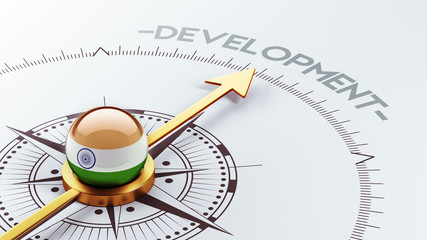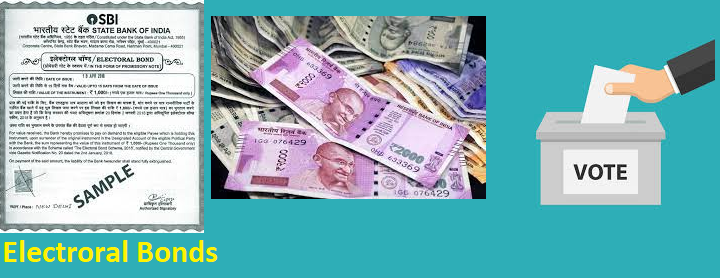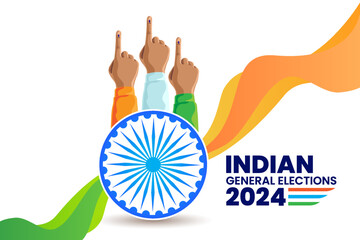Introduction
India’s aspiration to become a developed country is rooted in its rich history, diverse culture, and vast potential. Over the decades, the nation has made significant strides towards achieving this goal, propelled by economic growth, technological advancements, and social reforms.
Economic Growth and Development
GDP Growth
India has emerged as one of the fastest-growing major economies in the world, with a consistent GDP growth rate over the years. This sustained economic expansion has fueled investments, spurred industrialization, and lifted millions out of poverty.
Infrastructure Development
Investments in infrastructure development, including transportation networks, power plants, and urban amenities, have laid the foundation for India’s economic progress. Mega projects like the Smart Cities Mission and Bharatmala Pariyojana aim to modernize urban and rural infrastructure, enhancing connectivity and quality of life.
Education and Human Capital
Literacy Rate
Improvements in the literacy rate have been instrumental in India’s journey towards development. Government initiatives such as Sarva Shiksha Abhiyan and Midday Meal Scheme have promoted universal access to education, empowering individuals and fostering a skilled workforce.
Skill Development
To meet the demands of a rapidly evolving economy, India has prioritized skill development programs aimed at enhancing employability and fostering entrepreneurship. Initiatives like Skill India Mission aim to bridge the gap between education and employment by imparting industry-relevant skills to the youth.
Technological Advancements
Digital India Initiative
India’s Digital India initiative seeks to transform the country into a digitally empowered society and knowledge economy. The widespread adoption of digital technologies has revolutionized governance, healthcare, education, and financial services, fostering innovation and inclusivity.
Innovation and Research
India’s vibrant startup ecosystem and emphasis on research and development have positioned the nation as a hub for innovation. Initiatives like Startup India and Atal Innovation Mission promote entrepreneurship and encourage breakthroughs in science, technology, and engineering.
Also check out : Lok Sabha Elections 2024 dates and updates
Social Welfare and Inclusive Growth
Poverty Alleviation
Despite significant progress, poverty remains a challenge in India. The government’s poverty alleviation programs, such as National Rural Employment Guarantee Act (NREGA) and Pradhan Mantri Awas Yojana (PMAY), aim to uplift the marginalized sections of society through targeted interventions and social security measures.
Healthcare Access
Access to quality healthcare is essential for inclusive growth. India has undertaken various healthcare initiatives like Ayushman Bharat to provide affordable and accessible healthcare services to all citizens, ensuring no one is left behind due to lack of medical facilities.
Environmental Sustainability
Renewable Energy
India is committed to environmental sustainability and has set ambitious targets for renewable energy generation. Initiatives like the National Solar Mission and Clean Energy Corridor aim to harness India’s renewable energy potential, reduce carbon emissions, and mitigate climate change.
Conservation Efforts
Conservation of natural resources and biodiversity is crucial for sustainable development. India has launched several conservation programs and environmental protection measures to safeguard its forests, rivers, and wildlife, preserving them for future generations.
Challenges and Opportunities
Economic Disparities
Addressing economic disparities and regional imbalances remains a key challenge in India’s development journey. The government is focusing on inclusive growth strategies and equitable distribution of resources to bridge the gap between urban and rural areas, and between different socioeconomic groups.
Global Competitiveness
Enhancing global competitiveness is essential for India to emerge as a developed nation. The country is leveraging its demographic dividend, skilled workforce, and technological prowess to attract investments, boost exports, and integrate into the global economy.
Conclusion
India’s quest to become a developed country is a journey marked by resilience, determination, and progress. As the nation continues to march forward, guided by its vision of inclusive growth and sustainable development, it holds the promise of realizing its full potential and emerging as a beacon of prosperity and innovation on the global stage.
FAQs
1. What are the key sectors driving India’s economic growth? India’s economic growth is driven by sectors such as information technology, manufacturing, agriculture, services, and healthcare.
2. How is India addressing environmental challenges such as pollution and climate change? India is implementing measures such as the National Clean Air Program and the Paris Agreement to tackle pollution and mitigate climate change. These efforts include promoting renewable energy, implementing stricter emission norms for industries, and encouraging sustainable practices in various sectors.
3. What role does education play in India’s journey towards development? Education plays a pivotal role in India’s development by empowering individuals, fostering innovation, and driving economic growth. It equips people with the skills and knowledge needed to participate effectively in the workforce and contribute to the nation’s progress.
4. How does India address social welfare and inclusivity? India implements various social welfare programs aimed at promoting inclusivity and addressing social disparities. Initiatives like the National Rural Employment Guarantee Act (NREGA), the Public Distribution System (PDS), and the Integrated Child Development Services (ICDS) ensure access to employment opportunities, food security, and healthcare for all citizens.
5. What are the key focus areas for India’s future development plans? India’s future development plans focus on sectors such as infrastructure, education, healthcare, technology, and sustainability. The government aims to accelerate economic growth, enhance social welfare, promote innovation, and ensure environmental conservation to achieve its vision of becoming a developed nation.




